Galapagos Species Database
The Galapagos Species Database shares the information about the species from our Natural History Collections.
Cedrela odorata
cedro cubano, cedro, cedro amargo, cedro caoba, spanish cedar, tabasco cedar, cigar-box ceda
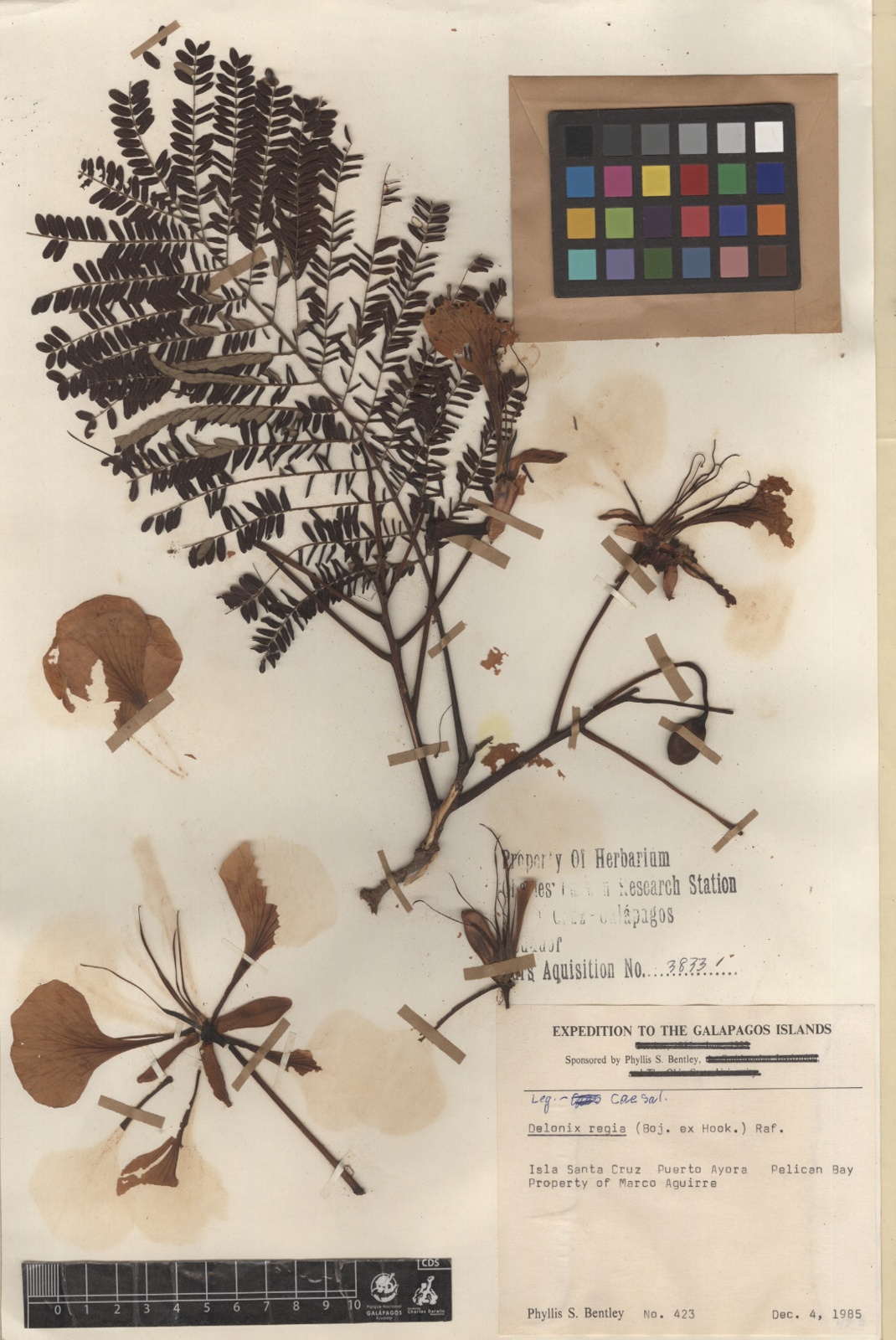
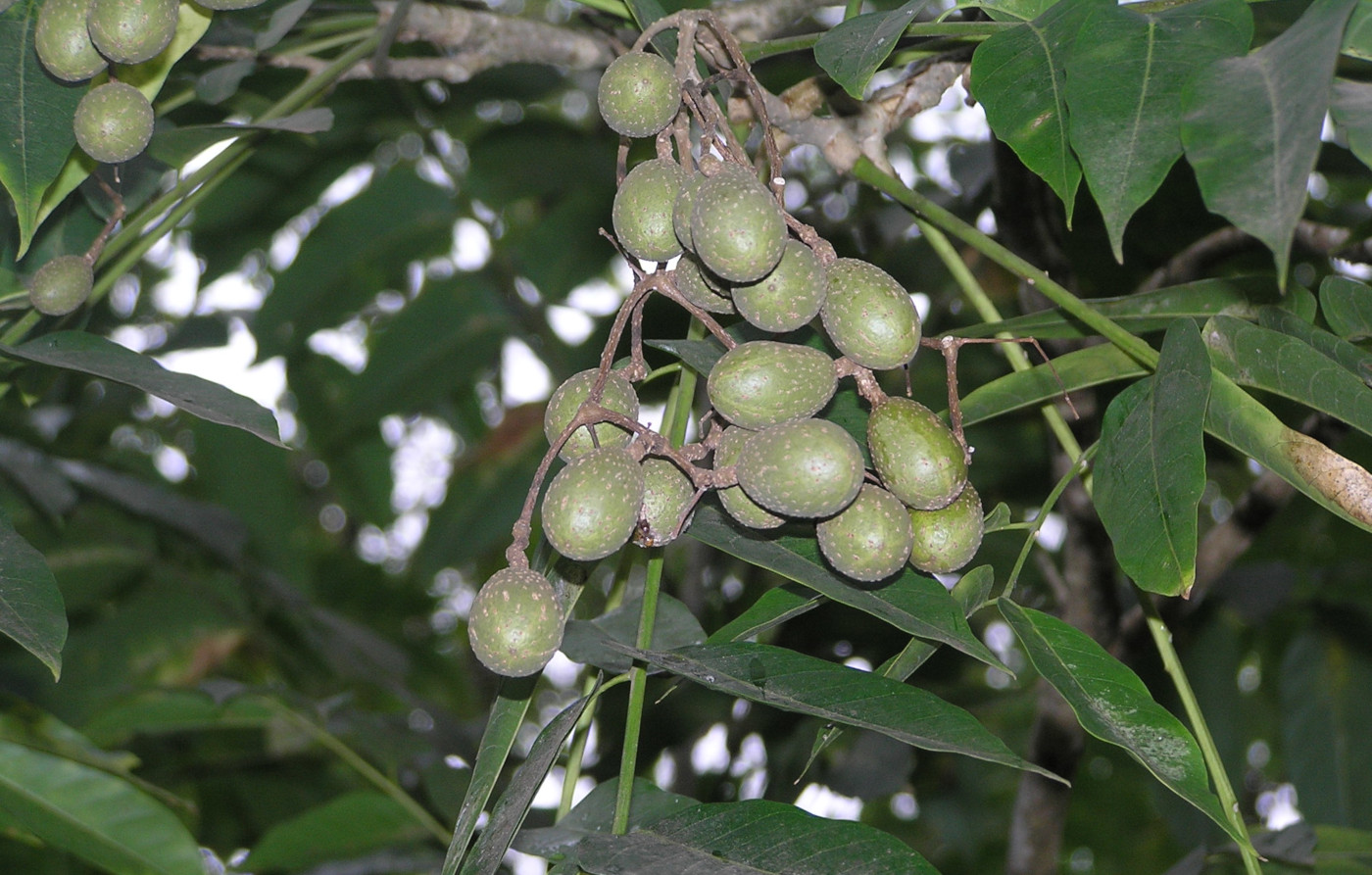
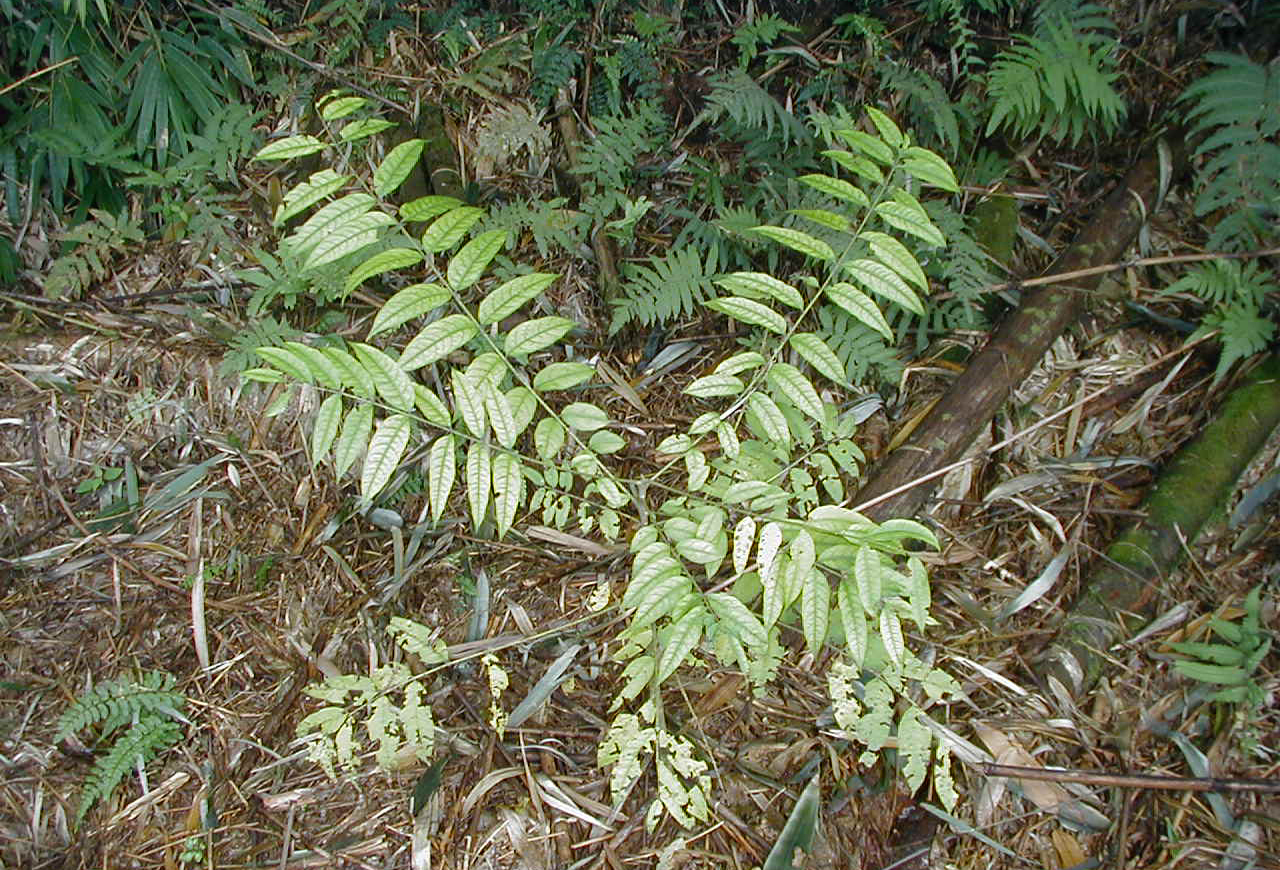
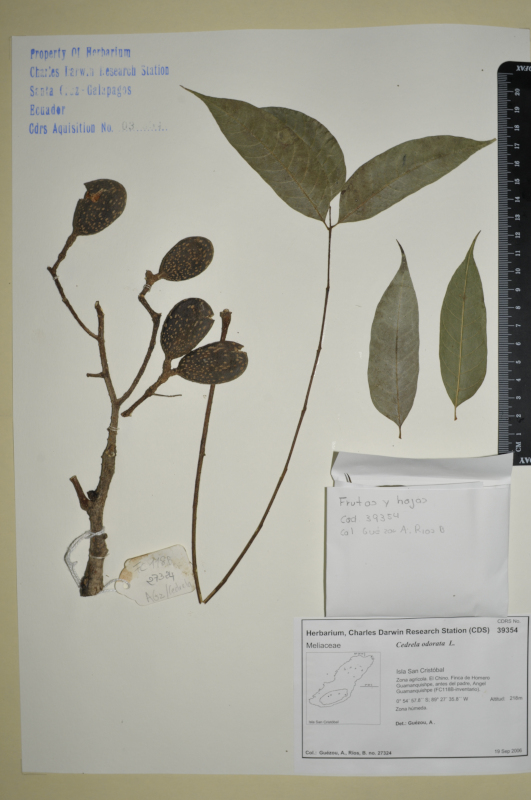

Spanish cedar is a tall timber tree that can reach 30m in height. Flowers have small yellow petals and are clustered in long groups.
C. odorata is a tall timber tree that can reach 30m in height. Individuals begin to bear fruit from 10 years of age. The flowers are small yellow petals clustered in long groups. The fruit is a capsule that opens when mature, releasing the winged seeds that are dispersed by wind over long distances.
Domain
Eukaryota
Kingdom
Plantae
Phylum
Magnoliophyta
Class
Magnoliopsida (= Dicotyledoneae)
Order
Sapindales
Family
Meliaceae
Genus
Cedrela
Species
odorata
Taxon category: Accepted
Syn.: Cedrela mexicana M. Roem.; Pennington et al. (1981) as Cedrela adenophylla Mart.
Origin: Introduced - established
Year of first record: 1965
Year of introduction: 1950
Mode of introduction: Intentional
Introduction Pathway: Intentional
Subpathway: Agriculture/Horticulture
Introduced status: Naturalized
Invasive status: Invasive
Impact in Galapagos: In Galapagos the tree is very invasive. The seedlings are shade tolerant and grow up through the native canopy where adults shade out other plants. Chemicals produced from their roots also inhibit the growth of other plants (allelopathy).
Control methods elsewhere: The seedlings should be pulled manually, while adults can be cut and the sprouts controlled with chemicals.
Known Pest elsewhere: Tropics and Pacific Islands
Trophic role: Primary producer
Reproductive biology: Individuals begin to bear fruit from 10 years of age. The fruit is a capsule that opens when mature, releasing the winged seeds that are dispersed by wind over long distances.
Growth form: Trees
Distribution origin: Central Mexico, Brazil
Economic Use: Used for timber.
Map of specimen collection localities or observation records for this species in our collections database.
Distribution: Floreana, Isabela, San Cristobal, Santa Cruz, originally from Central Mexico, Brazil.
- Brako, L. Zarucchi,J.L. (1993) Catalogue of the Flowering Plants and Gymnosperms of Peru. Monogr. Syst. Bot. Missouri Bot. Gard. 45: i–xl, 1–1286.
- Chavez, J. (1993) Diagnostico de la Agricultura y la Ganader¡a en la Provincia de Galapagos. Tesis.
- CONABIO (2009) Catálogo taxonómico de especies de México. Cap. nat. México 1.
- D'Arcy, W.G. (1987) Flora of Panama. Checklist and Index. Monogr. Syst. Bot. Missouri Bot. Gard. 17(1): i–xxx, 1–328; 18(2): i–ix, 1–672.
- Flores, E. (1985) Censo de Plantas Introducidas desde el Canal de Itabaca hasta Puerto Ayora. Tesis de Ingeniero Forestal, Univ. Técnica Luis Vargas Torres, Esmeraldas: 1-132.
- Funk, V.T. Hollowell, T., Berry, P., Kelloff, C. & Alexander, S.N. (2007) Checklist of the Plants of the Guiana Shield (Venezuela: Amazonas, Bolivar, Delta Amacuro; Guyana, Surinam, French Guiana). Contributions from the United States National Herbarium 55: 1-584.
- Gardener, M. Atkinson, R., Rueda, D. & Hobbs, R. (2010) Optimizando la restauración de la degradada parte alta de Galápagos: un marco conceptual. Informe Galápagos 2009-2010.
- Guézou, A. Trueman, M., Buddenhagen, E., Chamorro, S., Guerrero, A.M., Pozo, P., Atkinson, R. (2010) An extensive Alien Plan Inventory from the Inhabited Areas of Galapagos Plos One/ www.plosone.org. Volume 5/ Issue 4/e10276
- Hokche, O. Berry, P.E. & Huber, O. (2008) Nuev. Cat. Fl. Vas. Venezuela 1–860.
- Itow, S. (1997) List of Plant Specimens collected in the Galápagos Islands, Ecuador. Bulletin of the Faculty of Liberal Arts, Nagasaki University, Natural Science, 38 (1): 53-144.
- Jaramillo, P. (1998) Distribución Espacial de la Vegetación Vascular y Dispersión de Especies Introducidas dentro del Parque Nacional Galápagos. Tesis de Doctorado en Biología, Universidad Central del Ecuador. Especialización ECOLOGIA DE POBLACIONES.
- Jiménez, Q. (2007) Meliaceae. In: Manual de Plantas de Costa Rica. Vol. 6. B.E. Hammel, M.H. Grayum, C. Herrera & N. Zamora (eds.). Monogr. Syst. Bot. Missouri Bot. Gard. 111: 575–614.
- Koecke, A. V. Muellner, A. N., Pennington, Terence D., Schorr, G. and Schnitzler, J. (2013) Niche Evolution Through Time and Across Continent: The Story of Neotropical Cedrela (Meliaceae). American Journal of Botany
- Lawesson, J.E. (s.a.) Pers. obs. field notes, collections 1985-7.
- Lawesson, J.E. Ortiz, L. (1987) Plantas Introducidas en las Islas Galápagos Memorias. Investigación Botánica y Manejo en Galápagos. Pg.224-235
- Lawesson, J.E. (1987) Plantas exóticas en las Islas Galápagos, un resumen. Memorias. Taller sobre investigación Botánica y manejo en Galápagos. Pg. 17-23.
- Lundh, J.P. (1995) Some additional information and comments on the Annotated Check list of Vascular Plants of the Galapagos Islands by Lawesson, Adsersen and Bentley. Charles Darwin Research Station, unpublished.
- Mauchamp, A. Atkinson, R. (2008-2009) Pérdida de hábitat rápida, reciente e irreversible:Los Bosques de Scalesia en las Islas Galápagos. Fundación Charles Darwin Research Station
- McMullen, C.K. (1999) Flowering plants of the Galapagos. Cornell University Press, Ithaca and London, 370 pp.
- Moll, E. (1990) A Report on the Distribution of Introduced Plants on Santa Cruz Island, Galapagos Charles Darwin Reaearch Station, unpublished.
- Pennington, T.D. Styles, B.T. & Taylor, D.A. (1981) Meliaceae. Flora del Neotropico 28: 1–470.
- Prado Erazo, G.E. (1986) Informe preliminar, Censo de especies arboreas introducidas en la zona agricola de la isla Santa Cruz. Charles Darwin Research Station, unpublished, typescript CDF library
- Prado Erazo, G.E. (1988) Census of introduced of tree species in the Agricultural zone of Santa Cruz Island Annual Report 1986-1987; unpublished typescript, CDF Library
- Rosenberg, D. (1987) Impacto de los herbívoros introducidos sobre el Pacha y de Galápagos (Laterallus spilonotus) Memorias. Investigación Botánica y Manejo en Galápagos. Pg.188-198
- Royal Botanic Gardens, Kew Missouri Botanical Garden (eds.) (2013) The Plant List, Version 1.1. Published on the Internet; http://www.theplantlist.org/ (accessed 1st January).
- Stevens, W.D. Ulloa, C., Pool, A., & Montiel, O.M. (2001) Flora de Nicaragua. Monogr. Syst. Bot. Missouri Bot. Gard. 85: i–xlii, 1–2666.
- Tapia, W. Jaramillo, P. (1999) Las especies introducidas agresivas en las islas Galápagos y medidas tomadas para su control. El Parquero. 40 años del Parque Nacional Galápagos, 14-16.
- Zuloaga, F.O. Morrone, O., Belgrano, M.J., Marticorena, C. & Marchesi, E. (2008) Catálogo de las Plantas Vasculares del Cono Sur (Argentina, Sur de Brasil, Chile, Paraguay y Urugray). Monogr. Syst. Bot. Missouri Bot. Gard. 107(1): i–xcvi, 1–983; 107(2): i–xx, 985–2286; 107(3): i–xxi, 2287–3348.
You are welcome to download and use the information found in this page, acknowledging its source.
This page should be cited as follows:
"Galapagos Species Database, Cedrela odorata", dataZone. Charles Darwin Foundation, https://datazone.darwinfoundation.org/en/checklist/?species=600. Accessed 26 December 2025.

Dispersal propagule: Seed